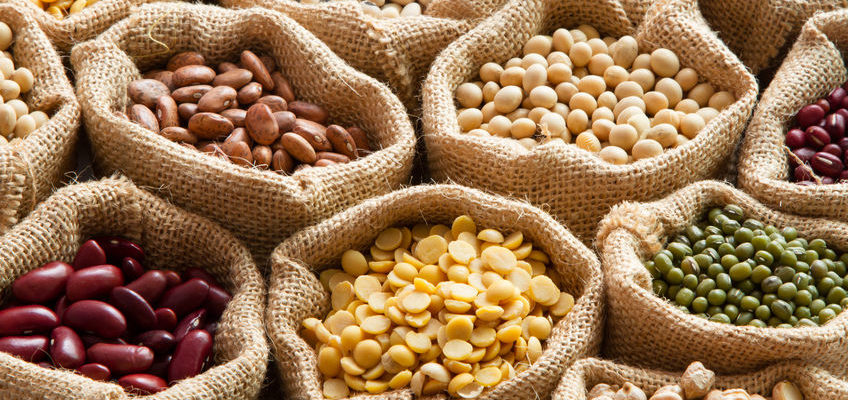
Lectins are a type of protein that can be found in foods of both plant and animal origin. Although not all foods contain these, only a surprising 30% of foods¹ offer significant amounts of these proteins.
Some foods that are high in lectins include:
- Red kidney beans
- Soybeans
- Wheat
- Peanuts
- Tomatoes
- Potatoes
Nightshade vegetables, grains, and legumes contain some of the highest concentrations in plant-based foods. However, the human body cannot digest these proteins, so they travel through the digestive tract unchanged. Excessive consumption can even lead to damage to the lining of the gut. It is these traits of these proteins that have led to concerns about consuming them.
Lectins: the antinutrients
Much of the general concern about consuming lectins surrounds their ability to bind to carbohydrates². These proteins not only bind to carbohydrates, taking nutrients with them and leaving none behind as they pass through the digestive system, but they can also create adverse reactions. These proteins have a defense mechanism that allows them to resist being broken down or digested. Essentially, lectin’s defense mechanism is what can make them problematic for the human body. Some lectins, such as the phytohaemagglutinin variety in red kidney beans, have been shown to lead to nausea, vomiting, and diarrhea³.
Treatments for minimizing these proteins
Lectins, and their potential risks, can be largely eliminated when foods are cooked properly. Research conducted on red kidney beans indicated that boiling⁴ them removed almost all lectins. Another study showed that boiling soybeans⁵ for only 5-10 minutes could eliminate most of the lectins present in the legume. Beyond heat treatment, these can be reduced by sprouting⁶ or fermenting⁷ foods with high quantities of these proteins.
Potential benefits of lectins
Despite the adverse effects that lectins can have when untreated, there are benefits to consuming lectin-containing foods. Many foods that are high in lectins also offer B vitamins, minerals, protein, and fiber. Foods like whole grains, legumes, and nuts contain these proteins, but also help lower the risk of type 2 diabetes and cardiovascular disease, as well as promote weight loss². Moreover, these proteins may protect cells from free radical damage by acting as an antioxidant. Because these proteins bind to carbohydrates, they also help slow down their absorption and digestion, preventing blood sugar from soaring and high levels of insulin. Furthermore, scientists are exploring the use of lectins in treating cancer due to their ability to cause cancer cell death.
Are these bad for you?
Lectin-containing foods can cause side effects, if they are not treated to minimize the levels of these proteins. In addition, excess consumption of foods high in these proteins has been shown to cause digestive issues, pain, and discomfort. Regardless, when treated using heat, sprouting, or fermentation, foods high in lectins may provide substantial health benefits. The vitamins and minerals these foods offer warrant them a place in a healthy diet. In order to reap the nutritional rewards of lectin-containing foods, they should be part of a balanced and varied diet.
For more info, check our Youtube!
References
- A, Vojdani. “Lectins, Agglutinins, and Their Roles in Autoimmune Reactivities.” Alternative Therapies in Health and Medicine, U.S. National Library of Medicine, 2015, pubmed.ncbi.nlm.nih.gov/25599185/.
- “Lectins.” The Nutrition Source, Harvard T.H. Chan School of Public Health, 4 Nov. 2019, www.hsph.harvard.edu/nutritionsource/anti-nutrients/lectins/.
- Vasconcelos, Ilka M, and José Tadeu A Oliveira. “Antinutritional Properties of Plant Lectins.” Toxicon, Pergamon, 2 June 2004, www.sciencedirect.com/science/article/abs/pii/S0041010104001916.
- Noah, ND, et al. “Food Poisoning from Raw Red Kidney Beans.” British Medical Journal, U.S. National Library of Medicine, 1980, pubmed.ncbi.nlm.nih.gov/7407532/.
- Pusztai A., Grant G. (1998) Assessment of Lectin Inactivation by Heat and Digestion. In: Rhodes J.M., Milton J.D. (eds) Lectin Methods and Protocols. Methods in Molecular Medicine™, vol 9. Humana Press. https://doi.org/10.1385/0-89603-396-1:505
- Paucar-Menacho , Luz Maria, et al. “Optimisation of Germination Time and Temperature on the Concentration of Bioactive Compounds in Brazilian Soybean Cultivar BRS 133 Using Response Surface Methodology.” Food Chemistry, Elsevier, 2009, pubag.nal.usda.gov/pubag/downloadPDF.xhtml?id=37179&content=PDF.
- Reddy, N.R., and M.D. Pierson. “Reduction in Antinutritional and Toxic Components in Plant Foods by Fermentation.” Food Research International, Elsevier, 22 Sept. 2003, www.sciencedirect.com/science/article/abs/pii/0963996994900965.
- Liu, Z, et al. Could Plant Lectins Become Promising Anti‐Tumour Drugs for Causing Autophagic Cell Death? Cell Proliferation, 2013, onlinelibrary.wiley.com/doi/epdf/10.1111/cpr.12054.
Ashuni Pérez is a writer in the culinary, as well as health and wellness industries. With a background in teaching and digital media, she loves to learn and help others discover more about their food, where it comes from, and how best to prepare it. A foodie through and through, she is always searching for new recipes and the freshest ingredients.


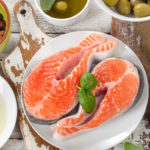

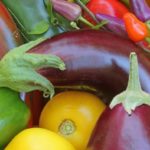

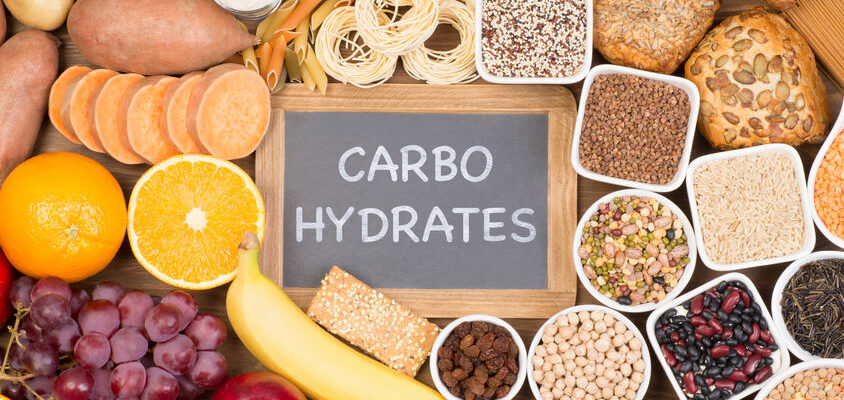


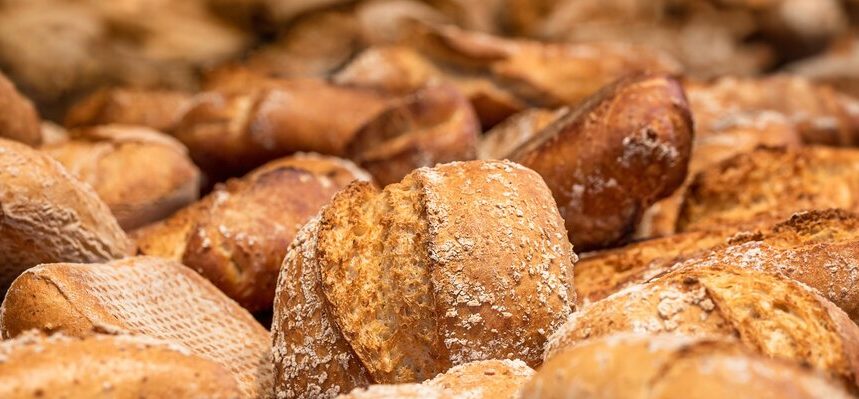

Leave A Comment